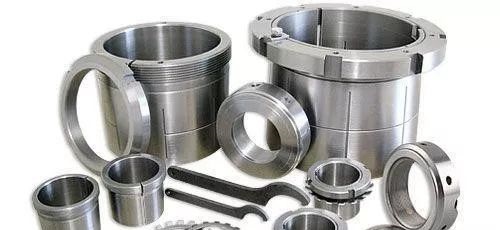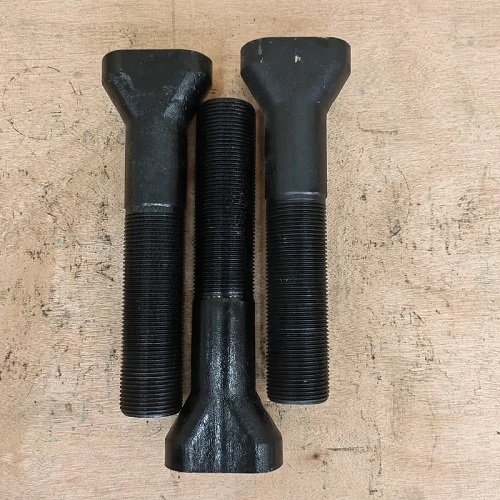Ball mills are essential pieces of equipment in various industries, including mining, cement production, and chemical processing. They are used to grind and blend materials into fine powders. To ensure that a ball mill operates efficiently and reliably, it is crucial to monitor and replace its components at appropriate intervals. This blog post will delve into the replacement frequency of key ball mill components such as liners, grinding balls, and gears, and provide scientific recommendations based on actual usage and wear patterns.
Liners
Liners, also known as grinding mill liners, are critical components that protect the mill’s shell from wear and tear caused by the grinding media and the material being processed. The lifespan of liners can vary significantly depending on factors such as the type of material being ground, the hardness of the grinding media, and the operational parameters of the mill.
Replacement Frequency
-
Material Type: Grinding softer materials generally results in less wear on the liners compared to harder materials. For instance, grinding limestone typically causes less wear than grinding iron ore.
-
Operational Parameters: Higher rotational speeds and larger mill diameters can increase the wear rate of liners. A mill operating at higher speeds will experience more intense grinding action, leading to faster liner degradation.
-
Liner Material: The choice of liner material also affects its durability. High-manganese steel liners are commonly used for their toughness and wear resistance, but they may need to be replaced more frequently than liners made from harder, more wear-resistant materials like ceramic or rubber.
Recommendations
-
Regular Inspection: Conduct regular inspections to monitor the condition of the liners. Look for signs of excessive wear, cracks, or deformation.
-
Preventive Maintenance: Implement a preventive maintenance schedule based on the specific conditions of your mill. For example, if you are grinding a particularly abrasive material, you may need to inspect and replace liners more frequently.
-
Material Selection: Choose liners made from materials that are best suited for the type of material you are grinding. This can help extend the lifespan of the liners and reduce replacement costs.
Grinding Balls
Grinding balls are another essential component of a ball mill. They are responsible for the actual grinding action, breaking down the material into finer particles. The wear rate of grinding balls depends on several factors, including the size and hardness of the balls, the type of material being ground, and the operational parameters of the mill.
Replacement Frequency
-
Ball Size and Hardness: Larger and harder grinding balls tend to wear more slowly than smaller and softer ones. However, they can also cause more wear on the liners and other components.
-
Material Type: Grinding harder materials will cause the balls to wear more quickly. For example, grinding quartz will wear down grinding balls faster than grinding talc.
-
Operational Parameters: Higher rotational speeds and longer grinding times can increase the wear rate of grinding balls. Additionally, the ball charge level (the proportion of the mill’s volume occupied by grinding balls) can affect wear rates.
Recommendations
-
Regular Sampling: Regularly sample the grinding balls to assess their wear. This can help you determine when it is time to replace them.
-
Optimal Ball Charge: Maintain an optimal ball charge level to ensure efficient grinding without excessive wear on the balls and other components.
-
Material Selection: Choose grinding balls made from materials that are appropriate for your specific application. For example, high-chromium steel balls are often used for their excellent wear resistance.
Gears
The gears in a ball mill are responsible for transmitting power from the motor to the mill, enabling it to rotate. Proper maintenance and timely replacement of gears are crucial to ensure the mill operates smoothly and efficiently.
Replacement Frequency
-
Operational Parameters: The load and speed at which the mill operates can affect the wear rate of the gears. Higher loads and speeds can cause more stress on the gears, leading to faster wear.
-
Lubrication: Adequate lubrication is essential for reducing wear and tear on gears. Poor lubrication can cause overheating and premature wear.
-
Gear Material: The choice of gear material also affects its durability. High-quality steel gears with proper heat treatment are more wear-resistant than lower-quality alternatives.
Recommendations
-
Regular Lubrication: Ensure that the gears are properly lubricated at all times. Follow the manufacturer’s recommendations for lubrication intervals and types of lubricants.
-
Inspection and Monitoring: Regularly inspect the gears for signs of wear, such as pitting, scoring, or excessive wear on the gear teeth.
-
Preventive Replacement: Implement a preventive replacement schedule based on the specific conditions of your mill. This can help avoid unexpected breakdowns and costly repairs.
Conclusion
Maintaining a ball mill in optimal condition requires careful attention to the replacement frequency of its components. By understanding the factors that affect the wear rate of liners, grinding balls, and gears, and implementing a well-structured maintenance plan, you can ensure that your ball mill operates efficiently and reliably.
For international wholesale procurement agents, providing detailed and scientifically-backed maintenance advice can demonstrate your expertise and commitment to quality. This can help attract their attention and increase the likelihood of them choosing your products for their business. By keeping your ball mill in top condition, you not only extend the life of the equipment but also improve its performance and efficiency, leading to cost savings and increased productivity.
Post time: Jul-02-2025


